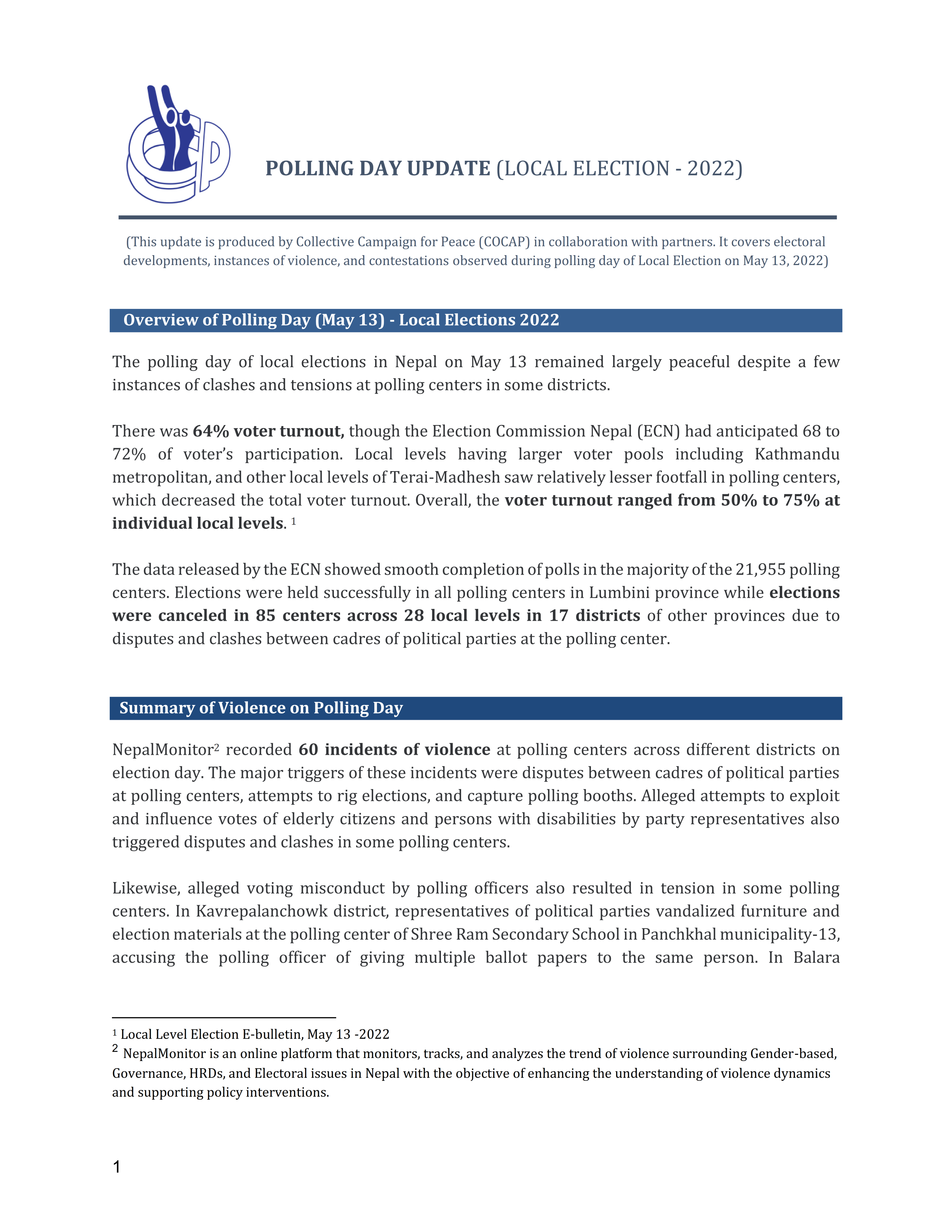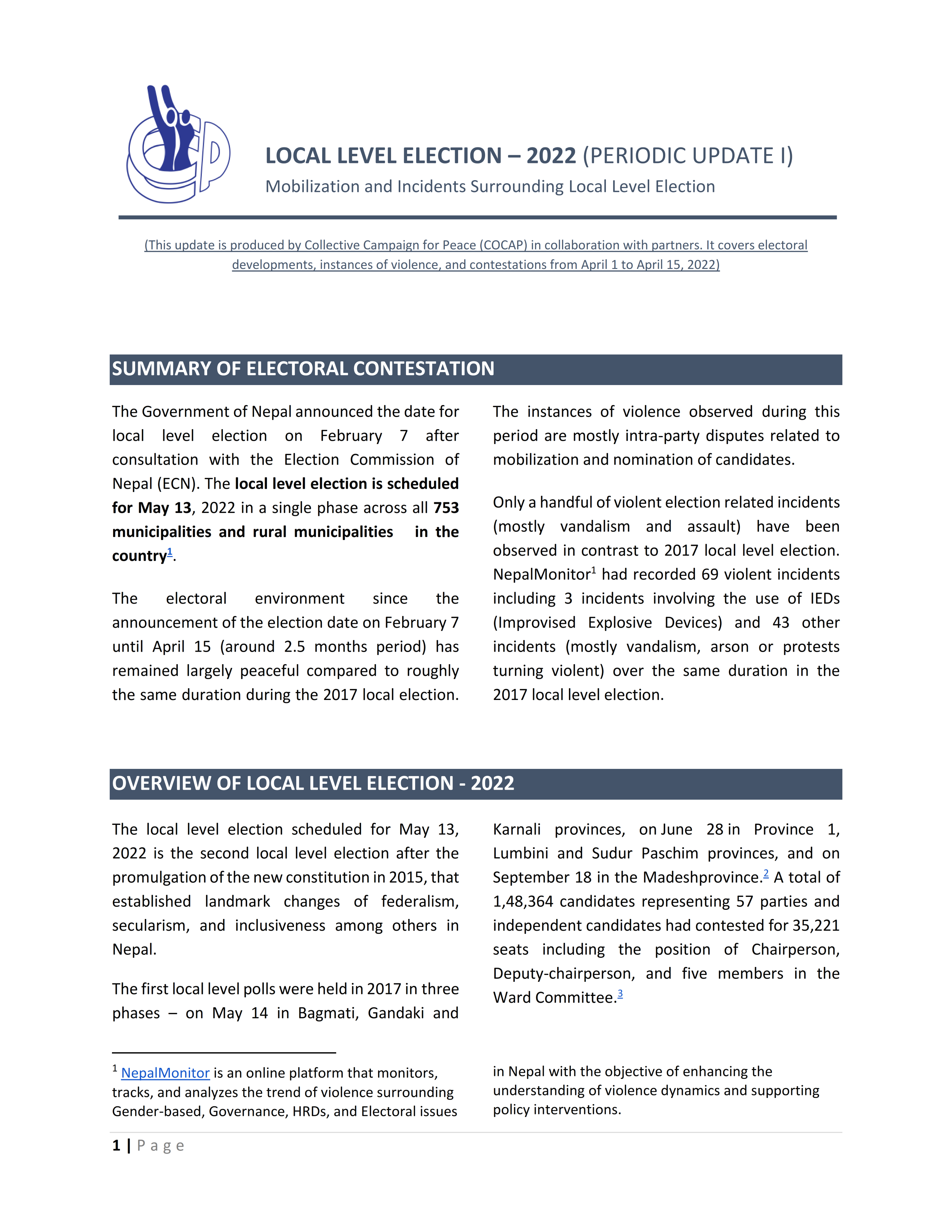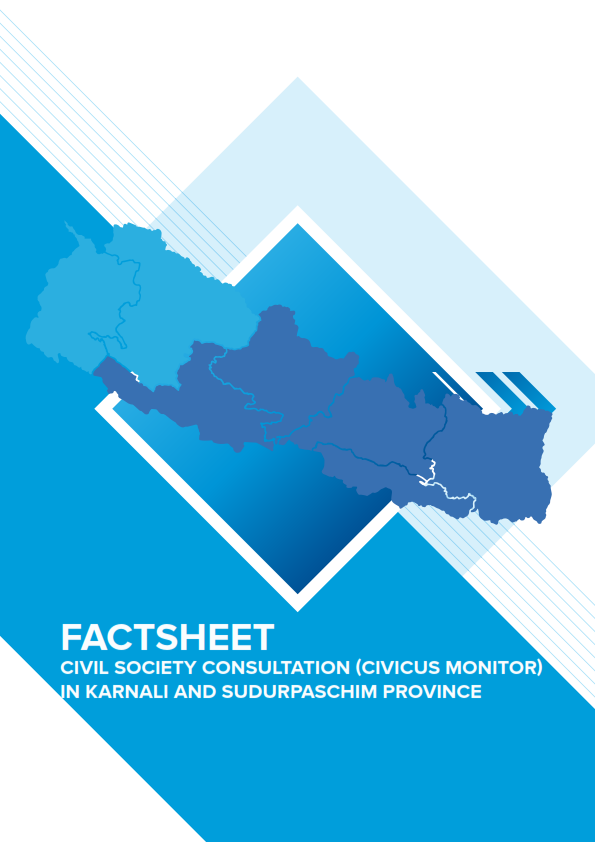Incident Reports
Police’s extraction of male DNA shrouded in mystery
2019-01-29
Nepal
Police’s procedure of extracting male and female DNA from the vaginal swab of 13-year-old Nirmala Panta, who was raped and murdered on July 26 is shrouded in mystery as DNA experts have said the extracted male DNA sample from the vaginal swab cannot be sufficient evidence even if the extracted male DNA sample matches with that of the accused men.
The National Human Rights Commission’s report on the case, released yesterday pointed out that the Central Police Forensic Science Laboratory did not extract the male Autosomal STR chromosome from the sample which is unique to every individual. Only the Autosomal STR can identify the culprit as it does not match any other person’s.
Instead, the police only extracted the ‘Y-STR chromosome, which can be common to people not only of the same lineage but also with the people across cultures. While, police have successfully extracted both Autosomol STR chromosome and Y – STR chromosome from Nirmala’s DNA sample.
DNA experts said that, Y-STRs is not sufficient to pin-point the culprit in Nirmala’s case even if the accused Y-STRs match with the extracted Y-STRs.
Chief of DNA unit at Nepal Academy of Science and Technology Dinesh Kumar Jha told THT, “Y-STRs can match with people of 15 generations. Sometimes people of cross-cultures can share similar Y-STRs.” He added, “Scientific reasoning shows that in rape case like Nirmala’s, we cannot be sure that the alleged person(s) have raped her, even if the Y-STR matches with the collected sample.”
Jha also said that, although it can be difficult to extract the Autosomal STR chromosome, it can be extracted after extracting the Y-STR chromosome of the male contributor.
Jiwan Rijal, forensic expert and former executive director of National Forensic Science Laboratory said, “Had experts involved in the DNA testing segregated the male DNA and female DNA samples in the earlier phase, the unique Autosomal STR could have been easily identified. It is kind of surprising to say that one had found the Y-STR but not the Autosomal STR.”
He also said that there are still chances of rechecking the DNA, from the samples collected from Nirmala’s body if it is still protected. NHRC’s report has stated that police had collected, ‘low -mid and high vaginal swab in a cotton wrapped around an end of a twig’.
Superintendent of Police Rakesh Singh, head of CPFSL told THT that although they had kept the sample safely with them, it was unlikely that the sample could be reused. He said the sample was collected in such low quantity that we may not conduct another test. He further said, “Moreover, we doubt that the sample has any DNA sample left, as normally such samples are destroyed over a long period of time.”
DNA test of both male and female samples were done at the CPFSL. Asked why the police extract the unique Autosomal STR chromosome, he said that it was not an easy task as the ratio of female DNAs to the male DNA was so high that they could not extract the Autosomal STRs. Singh said, “We can extract both DNAs, normally when two DNA samples are mixed in the one is to ten ratio.
But in Nirmala’s case, female sample was 500 to 1,100 times greater than the male sample.” He added, “We had to find out the male chromosome so we extracted the Y-STRS.”
Related Reports
Governance / Kathmandu
Medical education concern committee protest by banging plates and whistling
Governance / Darchula
Workers padlock school citing non-receipt of wages for more than a year
Governance / Sunsari
Prohibitory order issued in Dharan, tightening at entry points
Governance / Morang
Students of Eastern College in Biratnagar on protest
Related Trend Analysis
Analysis

THE NEPAL PEACE MONITOR ANNUAL REVIEW: 2020
October 25, 2021
Human Trafficking / LGBT+ Rights / GBV / Political / Children’s Rights / Senior Citizens’ Rights / HRD Issues / Human Rights / Interpersonal Violence / Governance / Covid-19 / Civic-Space / PwD

_001.png)




